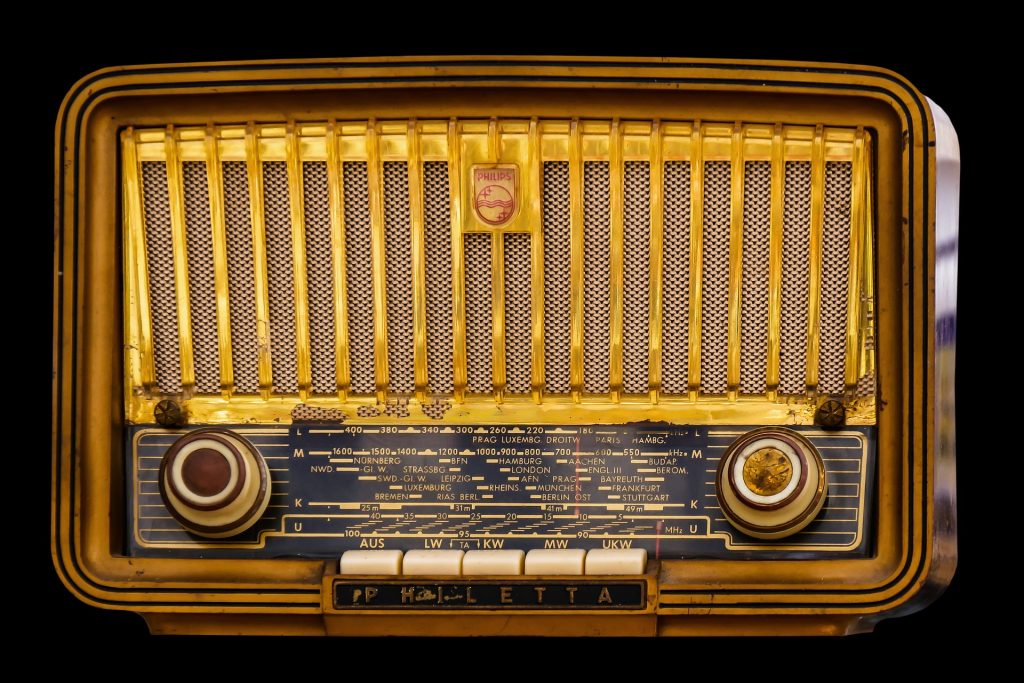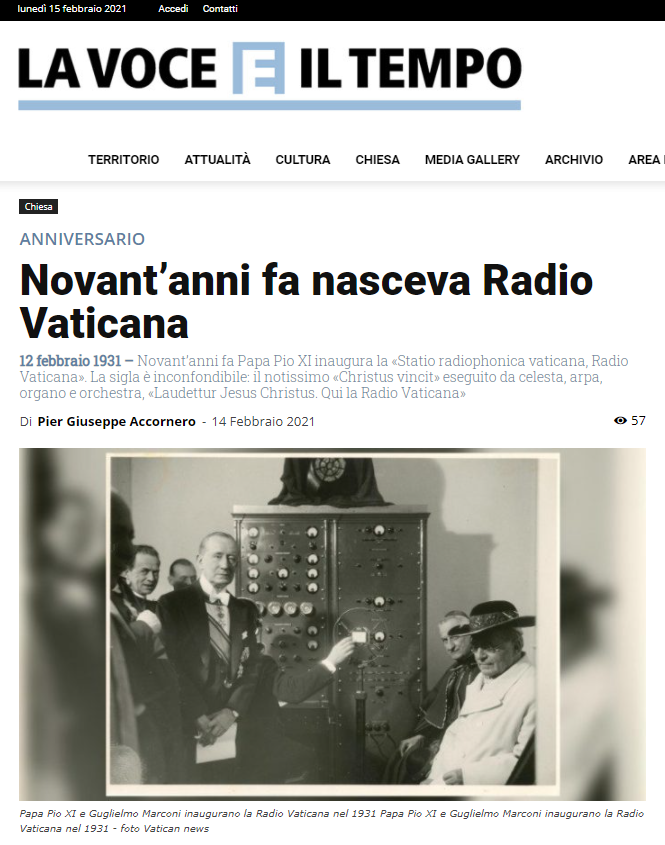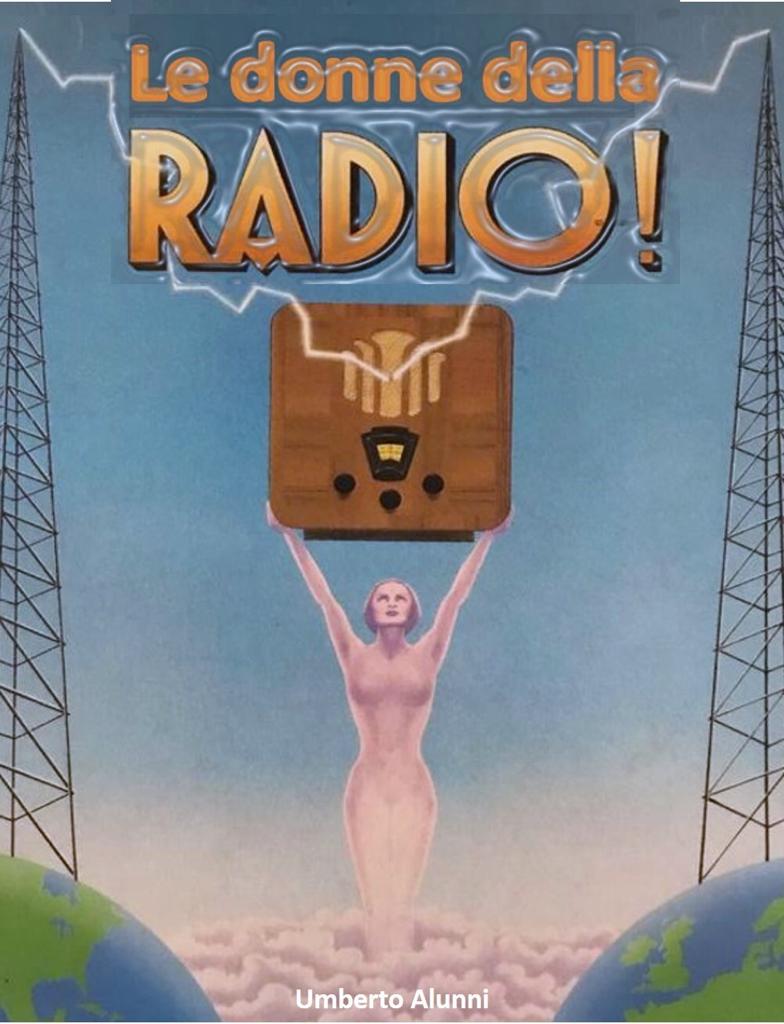
Source
Perhaps the officials who decided on the shutdown could have given a less symbolic date, but the public broadcaster’s website speaks clearly: as of September 11, 2022, medium waves will no longer be usable. In the country that invented radio, the last medium-wave broadcast towers will soon fall, without even waiting for the centennial: the first “circular” broadcast by URI (which became EIAR and finally RAI), dates back to October 1924. The news had been circulating since September 2021, when it was learned that the new service contract, the agreement RAI has with the state to guarantee public service, specified that decommissioning would take place within a year. This is the culmination of two decades of cuts: on May 15, 2004, the medium waves of Radio2 and Radio3 had been shut down and merged into the unified Radio 1 network. Then more cuts continued in 2013 and 2014. There were few facilities left. And in September there will be a denouement. Will Guglielmo Marconi turn in his grave?



